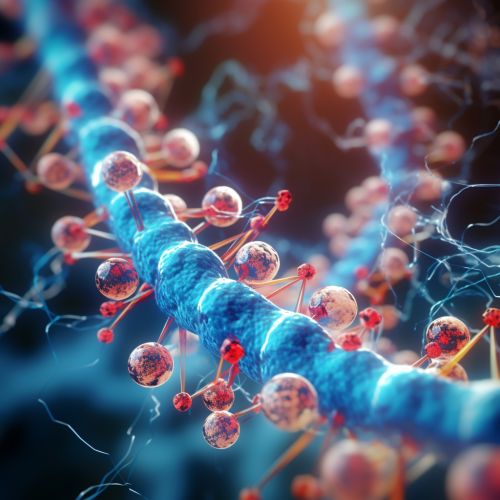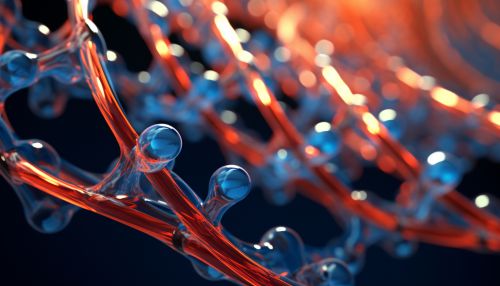The Role of Glycosylation in Protein Function
Introduction
Glycosylation is a post-translational modification process that attaches carbohydrates to proteins. This process plays a crucial role in protein function, influencing protein folding, stability, distribution, and interactions. This article will delve into the role of glycosylation in protein function, exploring the different types of glycosylation and their respective impacts on protein function.


Types of Glycosylation
There are two primary types of glycosylation: N-linked and O-linked glycosylation.
N-linked Glycosylation
N-linked glycosylation involves the attachment of a carbohydrate to the nitrogen atom in the side chain of an asparagine residue. This process occurs in the endoplasmic reticulum and the Golgi apparatus, and it is critical for protein folding and stability.
O-linked Glycosylation
O-linked glycosylation involves the attachment of a carbohydrate to the oxygen atom in the side chain of serine or threonine residues. This type of glycosylation occurs primarily in the Golgi apparatus and plays a significant role in protein-protein interactions.
Role in Protein Folding
Glycosylation plays a crucial role in protein folding, which is essential for protein function. The attachment of carbohydrates can influence the folding process by promoting the correct folding pathway, preventing aggregation, and stabilizing the folded protein structure. This is particularly evident in N-linked glycosylation, where the attached carbohydrate can act as a 'molecular chaperone', aiding in the correct folding of the protein.
Role in Protein Stability
The stability of a protein, both in terms of its physical stability and its half-life within the cell, is significantly influenced by glycosylation. The attached carbohydrates can protect the protein from proteolytic degradation, thereby increasing its half-life. Additionally, the carbohydrates can enhance the physical stability of the protein by reducing the susceptibility to denaturation and aggregation.
Role in Protein Distribution
Glycosylation also influences the distribution of proteins within the cell and the body. The attached carbohydrates can act as 'address labels', directing the protein to specific locations within the cell. Furthermore, the carbohydrates can influence the distribution of the protein within the body by affecting its interaction with transport proteins and its clearance rate from the bloodstream.
Role in Protein Interactions
Protein-protein interactions are fundamental to many biological processes, and glycosylation can significantly influence these interactions. The attached carbohydrates can mediate protein-protein interactions by serving as recognition sites for other proteins. Additionally, the carbohydrates can modulate the interaction by affecting the conformation and surface properties of the protein.
Conclusion
Glycosylation plays a crucial role in protein function, influencing protein folding, stability, distribution, and interactions. Understanding the role of glycosylation in protein function can provide insights into the molecular mechanisms underlying various biological processes and diseases, and it can also inform the development of therapeutic strategies targeting glycosylation.
